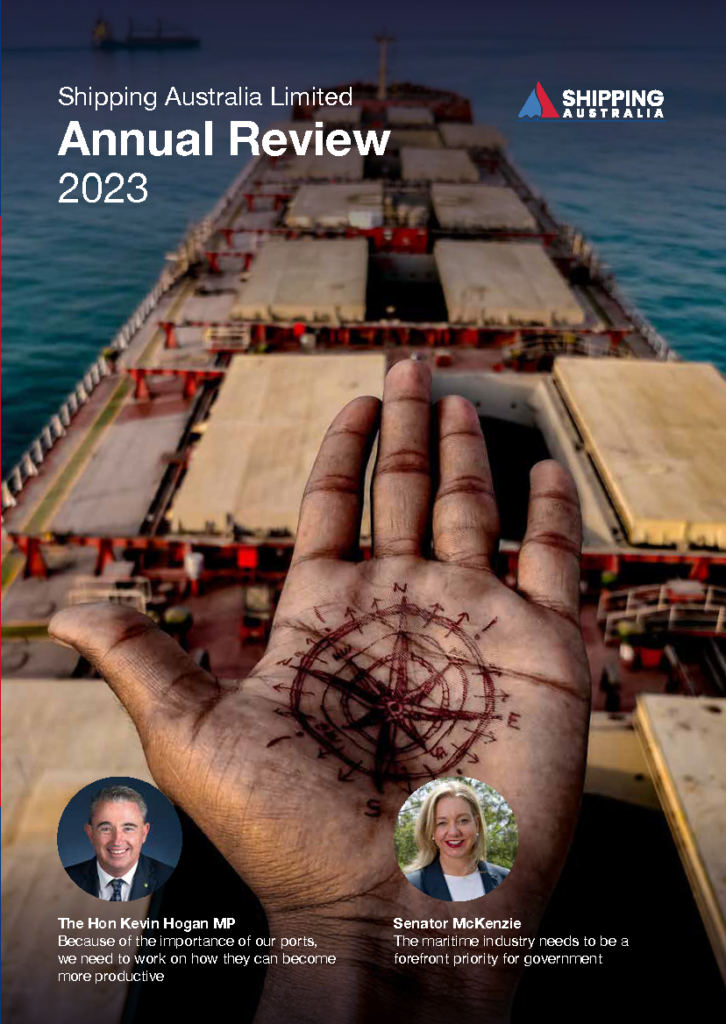
“Port congestion is far from over, that much is clear”, reports internationally respected shipping analysts, Sea Intelligence.
The analysts have been tracking the effect of port congestion on shipping schedules. On the Asia to North America West Coast, in January to May 2021 a “staggering” 695 vessel arrivals were over a week late, of which 343 arrivals were more than 14 days late and with 132 vessels arrivals more than 21 days late.
On the Asia-North Europe, 461 vessel arrivals were more than seven days late in January to May 2021, of which 134 were more than 14 days late and 30 were more than 21 days late.
In just May 2021, there were 134 late vessels on the Asia-Oceania trade.
Delays are incredibly expensive. A ship sailing to Australia can potentially cost its operator (depending upon a wide number of variables) in excess of AUD$260,500 a day in the current market. So even a few days of delay are extremely costly. (NOTE: shipping costs are volatile and can change from day-to-day. And, no, that AUD$260,500 figure is not a typo nor is it a weekly figure. It’s a current daily cost).
The analysts report that schedule reliability has been largely consistent “these past few months, albeit at a much lower level”. In a previous report, Sea-Intelligence note that “as more capacity is currently deployed than ever before, the shortage must in turn be caused by poor utilisation of the deployed assets, specifically due to the unprecedented levels of congestion and the resulting delays”.
The analysts pointed out that the delays were equivalent to removing all ultra large container vessels from the world fleet.
Boom is likely to be ongoing
There is no sign of a let-up in sight.
Sea-Intelligence looked at the “unprecedented” level of spending in the U.S. on consumer goods which as had a year-on-year growth of over 10% in 2020 compared to 2019. In comparison, Sea-Intelligence pointed out that the growth rate in the 18 years before the pandemic stood on average at 4.7%.
The industry-to-sale for the retail sector has “dropped off a veritable cliff” and is approaching a ratio of 1.0 whereas in the 28 years before the pandemic, the ratio has “never dropped below 1.34”. Retail sales have “completely overshot the [trend]”, the analysts added.
Sea-Intelligence suggests that the U.S. retail sales will come down from their current “abnormal” levels as lockdowns lift and stimulus flows through to the economy. And, secondly, that the inventory to sales-ratio will return to a pre-pandemic ratio.
However, don’t expect that to happen anytime soon.
“We do not know when these seemingly reasonable market corrections will happen, as we are so far into “black swan” territory, that we have no models that can adequately predict how long the current demand boom will last,” Sea-Intelligence concludes.


